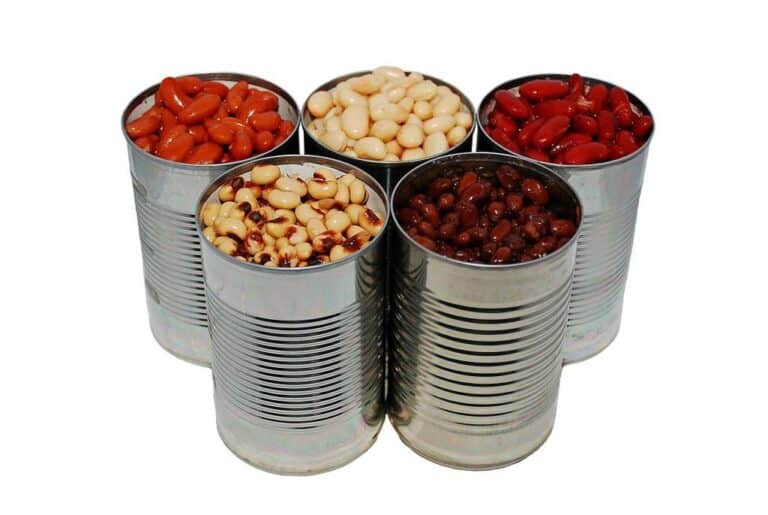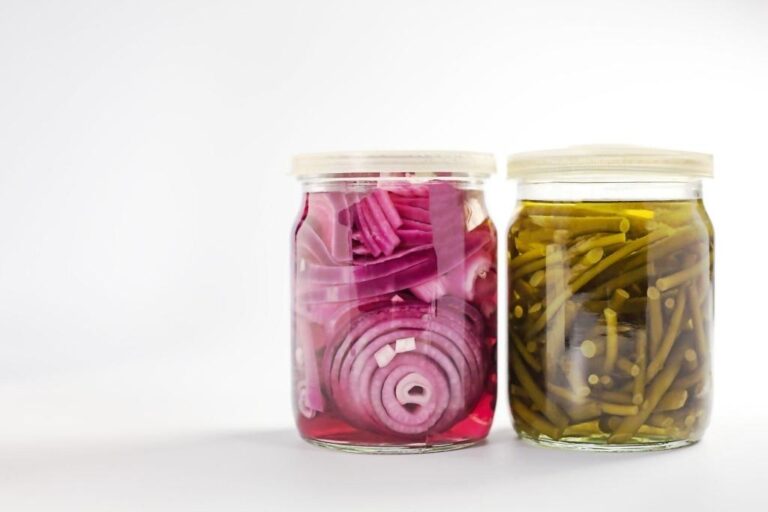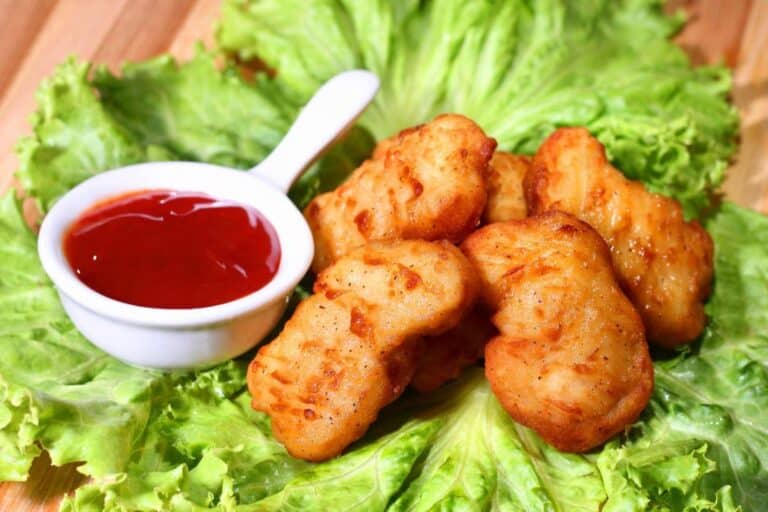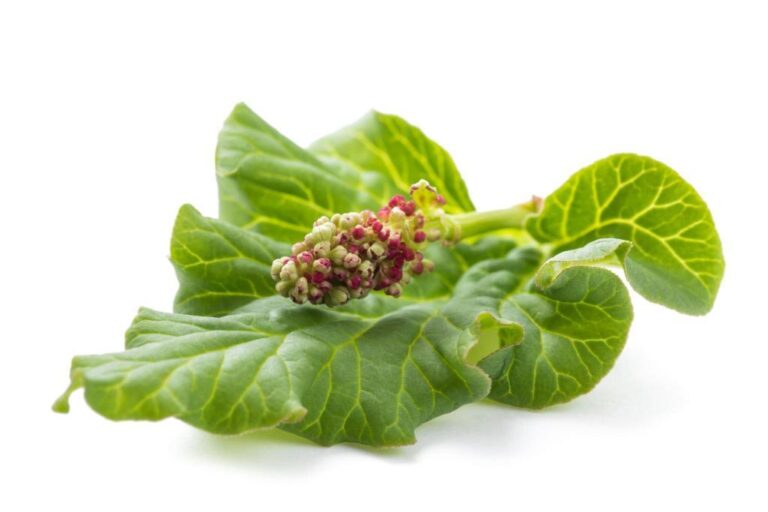Can You Eat Raw Chicken Liver? Is Eating Raw Liver Good for You?
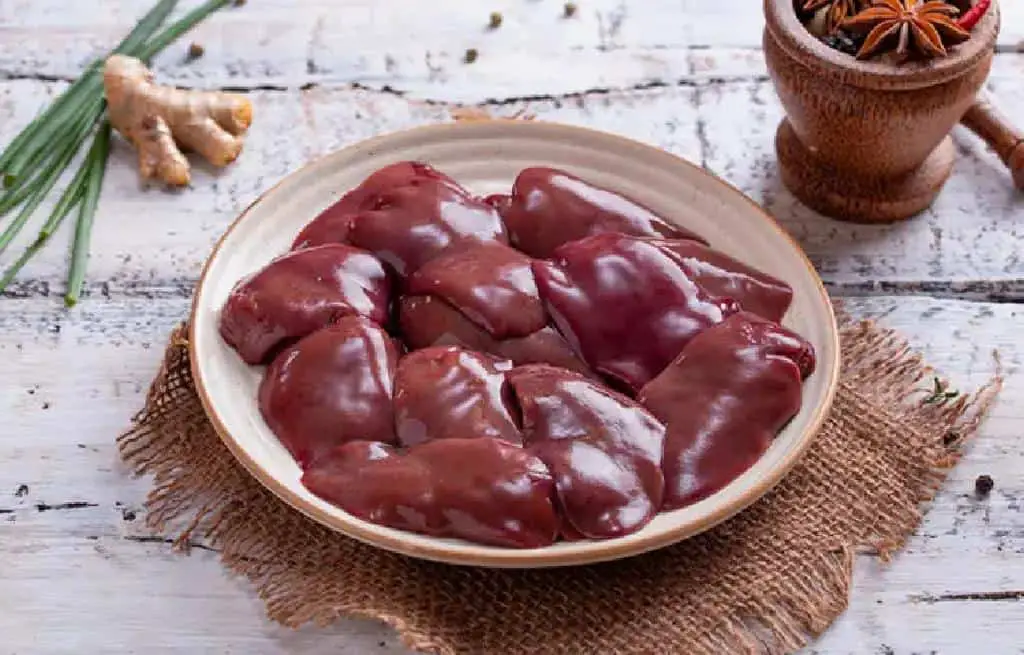
Have you ever heard about the trend of eating raw liver? It might sound like a strange concept, but some people believe that consuming raw chicken liver can provide them with numerous health benefits. But is it safe? And is it really good for you?
Raw chicken liver, like any other raw meat, can contain harmful bacteria that can cause foodborne illness. Consuming raw chicken liver can put you at risk of contracting dangerous infections such as Salmonella and Campylobacter.
In this article, we will explore the topic of eating raw chicken liver, including the potential health risks and benefits. We will examine the evidence for and against this practice and provide you with the information you need to make an informed decision about consuming raw liver. So, if you’re curious about this controversial trend, keep reading to learn more.
Benefits of Eating Chicken Liver
When it comes to organ meats, chicken liver might not be the first thing that comes to mind, but it’s actually a nutritional powerhouse. Not only is it packed with vitamins and minerals, but it’s also a good source of protein and healthy fats. Here are just a few of the benefits of eating chicken liver.
First and foremost, chicken liver is an excellent source of vitamin A, which is important for maintaining healthy vision, skin, and immune function. In fact, just one ounce of chicken liver provides more than 100% of the recommended daily intake of vitamin A. It’s also a good source of B vitamins, including vitamin B12, which is important for maintaining healthy nerves and red blood cells.
But that’s not all. Chicken liver is also a good source of iron, which is important for maintaining healthy blood cells and preventing anemia. And unlike plant-based sources of iron, the iron in animal products like chicken liver is more easily absorbed by the body. Also, chicken liver has a mineral called selenium in it that helps the immune system, metabolism, and thyroid work.
And let’s not forget about protein. Chicken liver is a good source of high-quality protein, which is essential for building and repairing tissues in the body. Plus, it’s a relatively inexpensive source of protein compared to other cuts of meat. So if you’re looking to boost your nutrient intake and get more protein in your diet, don’t overlook chicken liver.
Can You Eat Raw Chicken Liver?
While it’s technically possible to eat raw chicken liver, it’s not recommended due to the risk of foodborne illness. Raw chicken liver may contain harmful bacteria like Salmonella and Campylobacter, which can cause food poisoning. Additionally, raw chicken liver has a texture and flavor that may be unappetizing to some people.
When chicken liver is cooked, it becomes firmer and has a distinct flavor that many people enjoy. Cooking chicken liver also destroys any harmful bacteria that may be present, reducing the risk of foodborne illness. Therefore, it’s best to cook chicken liver thoroughly before eating it.
If you’re interested in trying chicken liver but are unsure of how to cook it, there are plenty of delicious recipes available online. From pâté to stir-fry, there are many ways to enjoy this nutrient-rich food.
When cooking chicken liver, be sure to handle it carefully to avoid cross-contamination with other foods. Wash your hands and any utensils or surfaces that come into contact with the raw liver thoroughly before and after handling it.
Can You Eat Chicken Liver Rare?
Liver can be a delicious and nutritious addition to your diet, but the question is, can you eat it rare? The short answer is no. While it may be tempting to cook the liver quickly and leave it slightly pink in the middle, it’s important to fully cook it to ensure any harmful bacteria are killed.
That being said, liver doesn’t need to be cooked until it’s well-done either. In fact, overcooking the liver can result in a tough, dry texture and a strong mineral taste. The best way to cook liver is to cook it to medium or medium-rare, which will result in the best flavor and texture.
To achieve this, start by cleaning the liver and removing any membranes or connective tissue. Then, season the liver with salt and pepper or your favorite seasoning blend. Heat a pan over medium-high heat and add a small amount of oil. Once the oil is hot, add the liver and cook for 3–4 minutes on each side, or until it’s browned and cooked through but still slightly pink in the middle.
Overall, while it may be tempting to eat liver rare for the best flavor and texture, it’s important to fully cook it to ensure it’s safe to eat. However, don’t overcook it either, as this can result in a tough, dry texture and a strong mineral taste. Stick to medium or medium-rare for the best results.
Health Risk and Side Effects of Eating Raw Chicken Liver
Raw chicken liver might sound like a delicacy to some, but it can pose serious health risks if consumed without proper cooking. Eating raw chicken liver can cause foodborne illness as it may contain harmful bacteria such as Salmonella and Campylobacter. These bacteria can cause symptoms such as stomach cramps, diarrhea, fever, and vomiting.
In addition to the risk of foodborne illness, there are other potential side effects of eating raw chicken liver. Raw liver is high in dietary cholesterol, which can lead to high cholesterol levels if consumed in large amounts. Overconsumption of iron from eating too much raw liver can also result in symptoms of toxicity such as nausea, vomiting, and diarrhea.
WARNING
It’s also worth noting that chicken liver, like all animal products, can contain harmful pollutants such as heavy metals and antibiotics. These can accumulate in the liver, so it’s important to consume them in moderation and ensure that the liver comes from a trusted source.
How to Prepare Raw Chicken Liver Safely
Raw chicken liver is a great source of nutrition, but it needs to be prepared safely to avoid the risk of foodborne illness. Here are some tips on how to prepare raw chicken liver safely:
- Firstly, make sure that the chicken liver is fresh and of good quality. Choose a reputable source, such as a trusted butcher or grocer, to ensure that the chicken liver is safe for consumption. Once you’ve bought the chicken liver, store it in the fridge and use it within a few days.
- Next, when preparing the chicken liver, be sure to handle it carefully to avoid cross-contamination. Wash your hands thoroughly with soap and water before and after handling the liver. Use separate cutting boards, knives, and utensils for the raw liver to prevent the spread of bacteria to other foods.
- Remove any membranes or connective tissues and rinse it under cold running water.
- You can also soak it in milk or lemon juice for a few hours before cooking to reduce the strong flavor.
- Finally, cook the chicken liver to an internal temperature of at least 165°F (74°C) to kill any harmful bacteria. You can grill, fry, bake, or sauté the liver depending on your preference. It’s best to cook it until it’s no longer pink in the middle and the juices run clear.
By following these tips, you can prepare raw chicken liver safely and enjoy its many nutritional benefits without the risk of contracting a foodborne illness. Remember to always handle and cook raw chicken liver with care and caution to protect your health.
Can Chicken Liver Still Be Pink?
It’s a valid concern, considering that undercooked meat can harbor harmful bacteria that can make you sick. While it’s true that meat should be cooked until it’s no longer pink in the center, the same doesn’t necessarily apply to liver. You see, liver tissue can retain a pinkish hue even after it’s been cooked to a safe temperature.
In fact, studies have shown that chicken liver can remain pink even when it’s been cooked to an internal temperature of 165°F (74°C). The USDA says that this is the absolute minimum temperature for killing any bacteria that might be in the meat.
So, if you’re relying on the color of the liver to determine if it’s cooked through, you might end up overcooking it and making it tough and dry.
That being said, it’s still important to make sure that the liver is cooked through. The best way to do this is to use a meat thermometer to check the internal temperature. Insert the thermometer into the thickest part of the liver and make sure it reads at least 165°F (74°C).
If you don’t have a meat thermometer, you can also check the texture of the liver. It should be firm to the touch and not feel slimy or squishy. And, as always, make sure to keep any juices from raw liver away from other foods to prevent cross-contamination.


